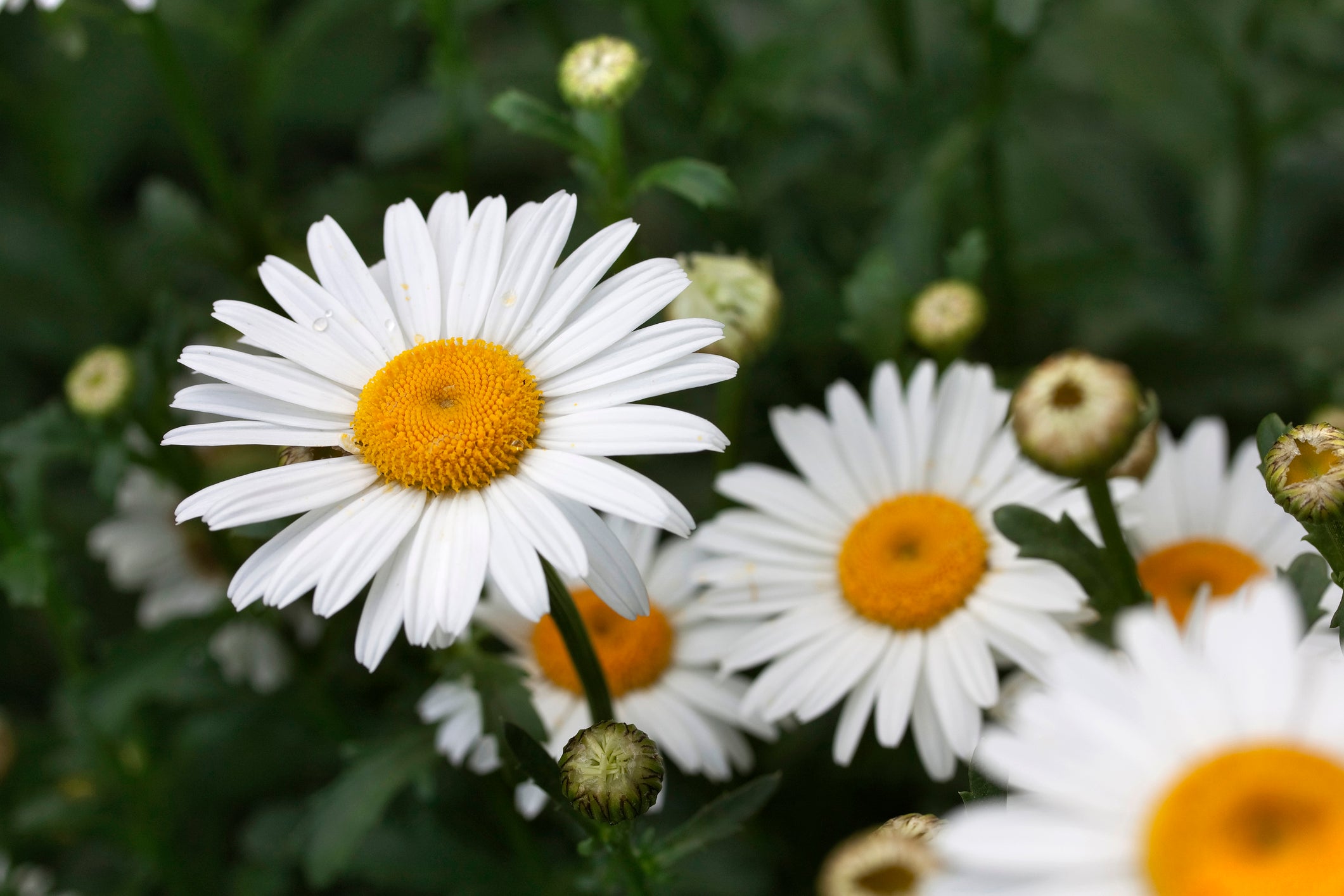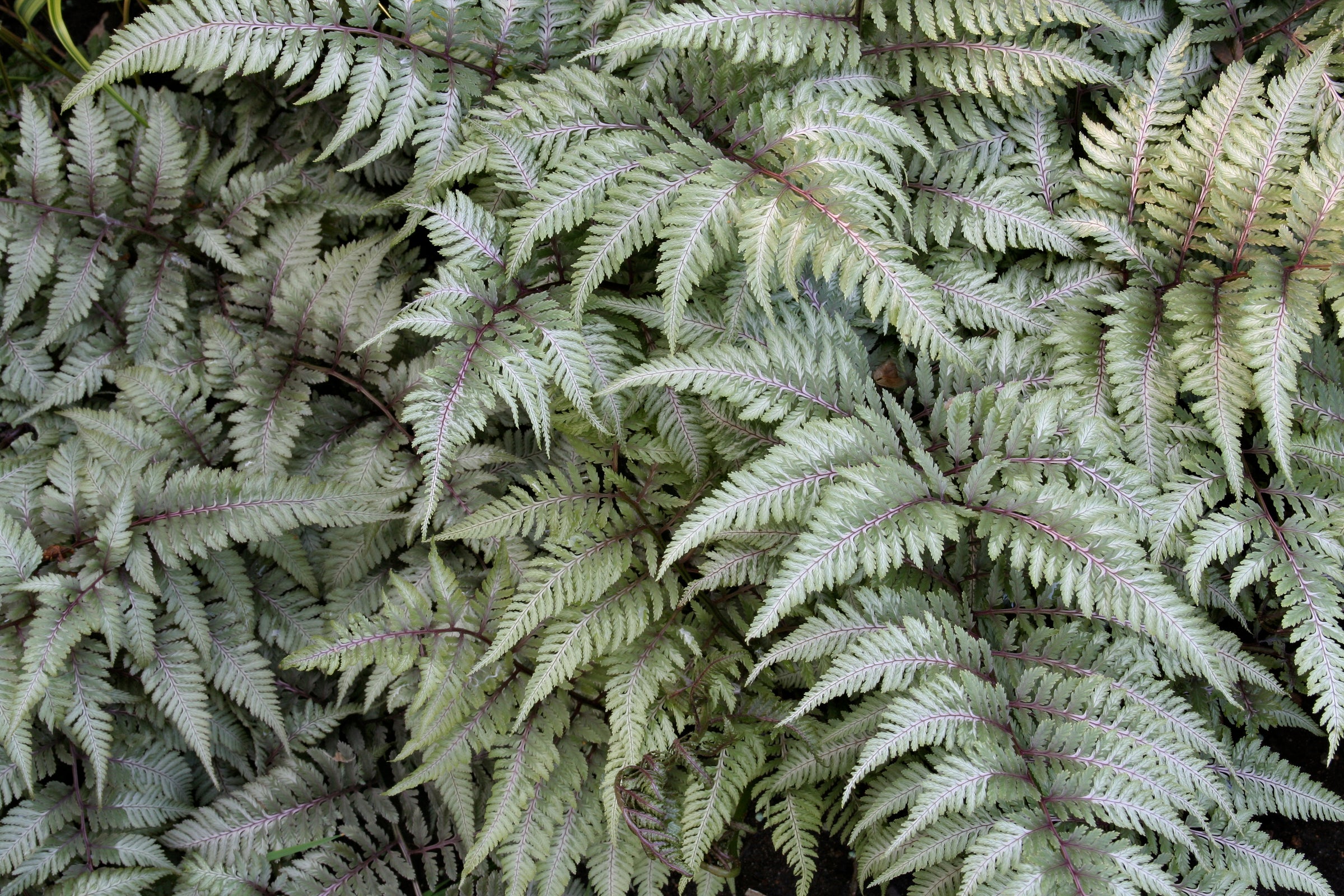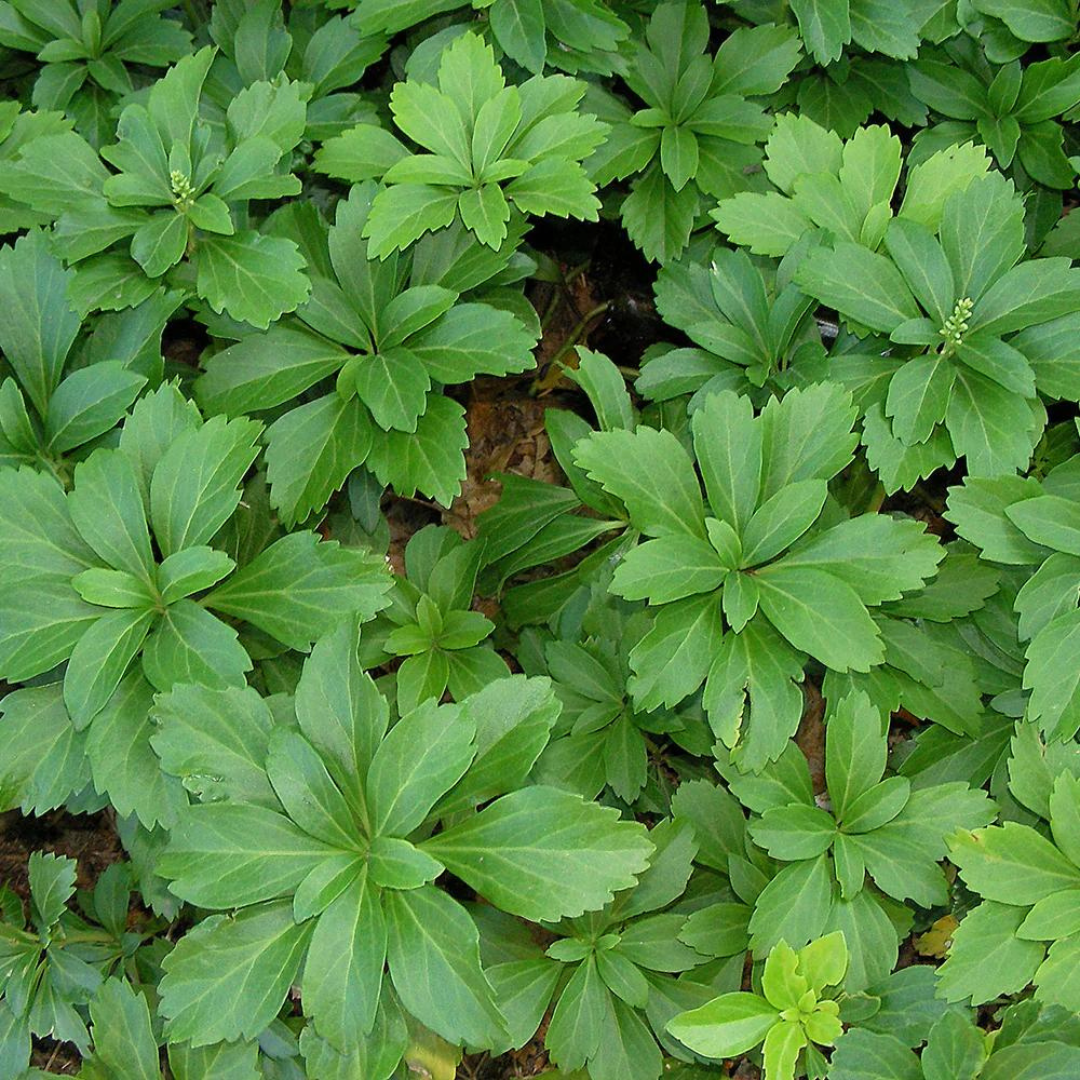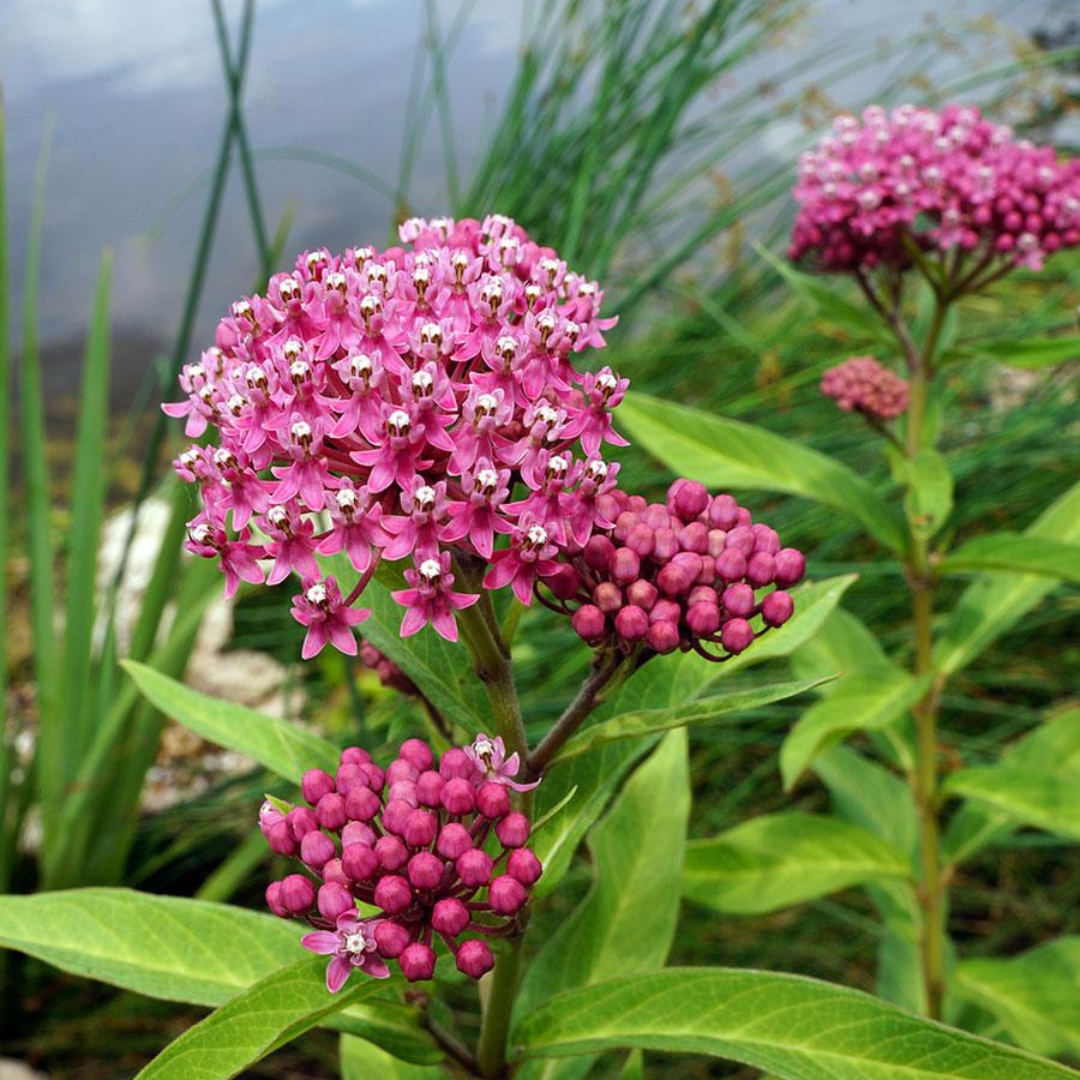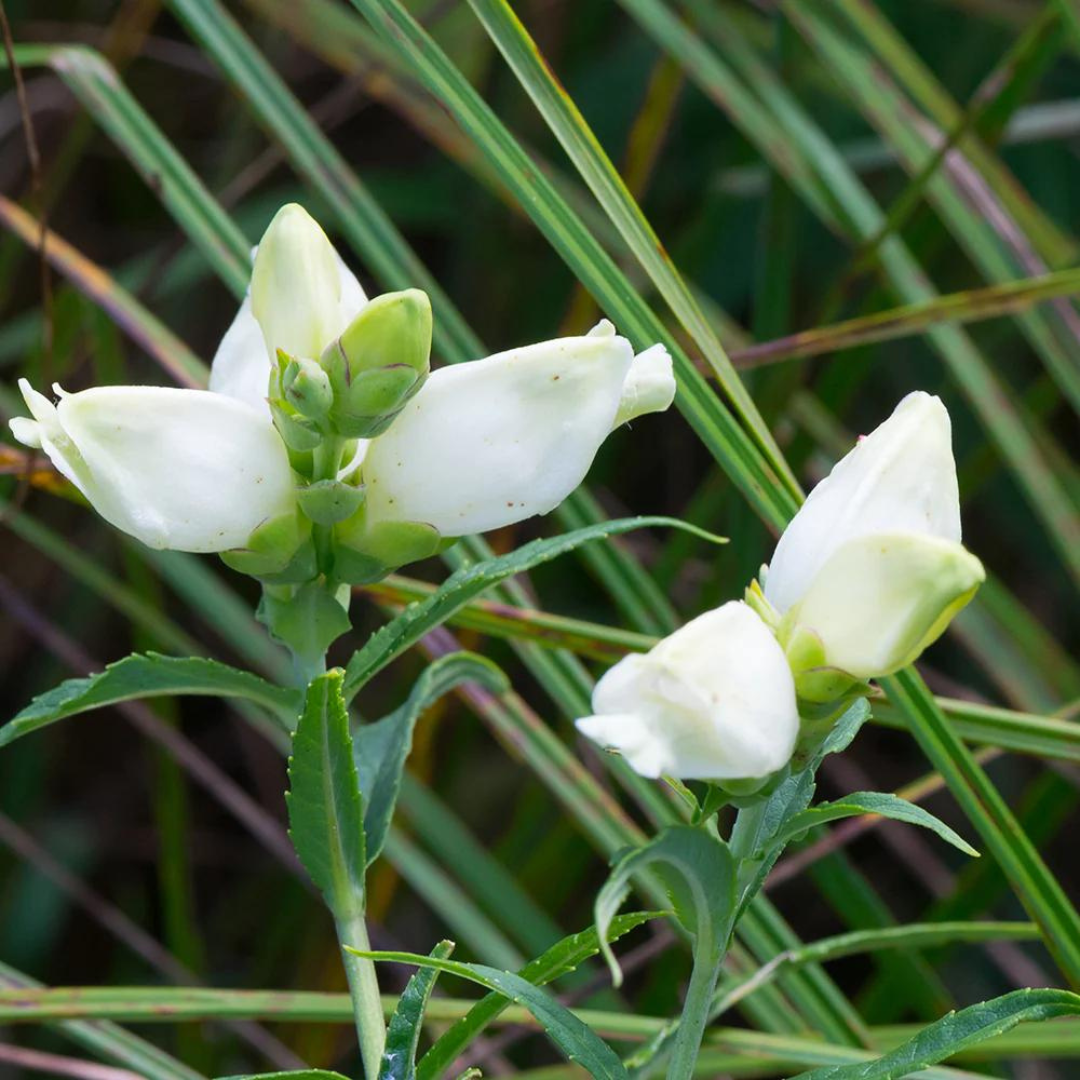
Chelone glabra
Add to Wishlist Full Sun
Full Sun
 Partial Sun
Partial Sun
 Pollinator Friendly
Pollinator Friendly
 Native
Native
- In stock, ready to ship
- Backordered, shipping soon
Chelone glabra: Native Elegance in the Late-Season Shade
Tough, upright, and quietly beautiful, Chelone glabra—commonly called white turtlehead—is a native perennial prized for its late bloom and clean form. Pure white, turtle-shaped flowers emerge on sturdy stems in late summer and early fall, attracting bumblebees and other late pollinators. Its rich green, lance-shaped foliage remains fresh well into autumn, and its preference for moist soil makes it an essential choice for rain gardens, streambanks, or shaded woodland edges.
Plant Characteristics:
- Height: 75–100 cm
- Spread: 45–60 cm, forming an upright, clumping habit
- Flower Colour: White
- Flowering Period: Late summer to early fall
- Foliage: Dark green, lance-shaped leaves with serrated edges
- Sunlight Requirements: Part shade to full sun (if soil remains moist)
- Soil Requirements: Moist, humus-rich, well-drained soil; thrives in wet or boggy conditions
Uses and Benefits: Chelone glabra is an excellent addition to native plantings, pollinator gardens, and wetland edges where dependable structure and late-season bloom are needed. Its flowers are a valuable nectar source for bumblebees and butterflies, and its upright form provides a strong vertical accent among looser textures. Ideal for low areas or the back of shaded borders, it adds both ecological function and subtle beauty to the fall garden.
Companion Plants: Grow with the tall, feathery fronds of Osmunda cinnamomea, the sweet-scented groundcover Galium odoratum, and the fiery red blooms of Lobelia cardinalis for a native-inspired planting that thrives in damp, shaded conditions with vibrant seasonal shifts.
Care Instructions: Plant in part shade in moist, rich soil. Water regularly, especially in drier sites. Cut back stems after frost or leave standing for winter interest and habitat value. Divide clumps every 3–4 years in early spring to maintain vigour and prevent overcrowding.
History: Native to eastern North America, Chelone glabra has been used in traditional medicine and valued for its adaptability in moist, shady environments. As a host plant for the Baltimore checkerspot butterfly, it plays an important role in native ecosystems and restoration projects.
Final Thoughts: Subtle, strong, and deeply rooted in the North American landscape, Chelone glabra brings quiet architecture and wildlife value to the late-season garden—proving that beauty and habitat can go hand in hand.


